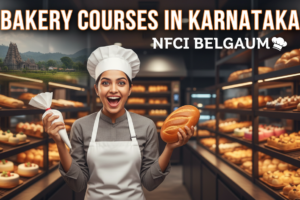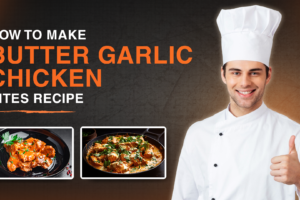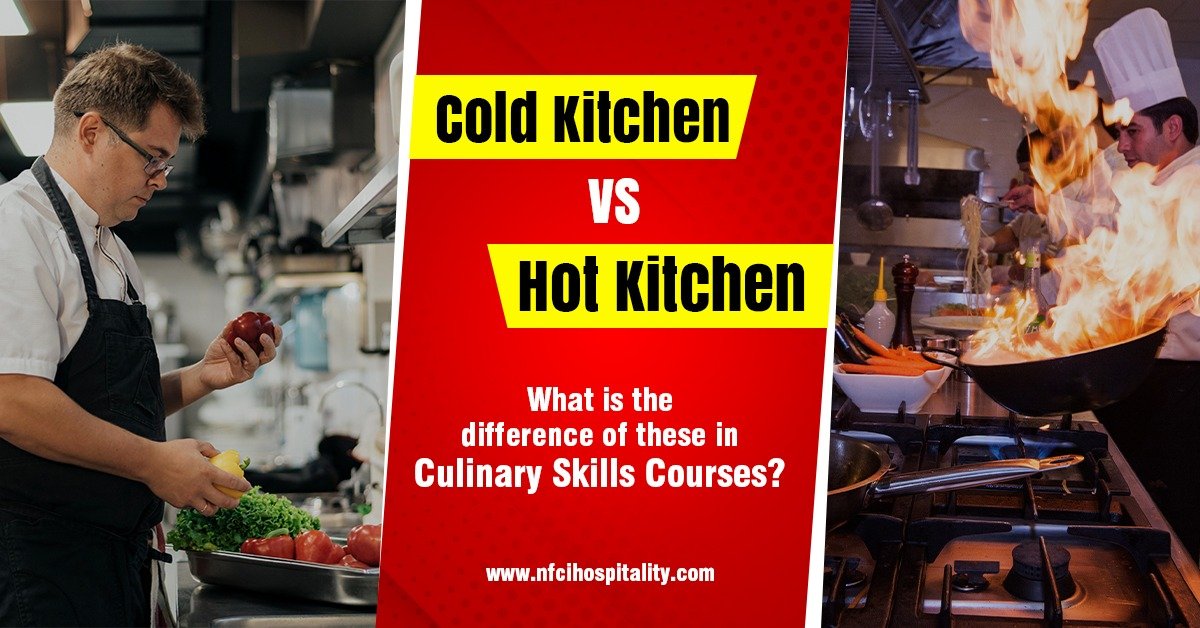
Cold Kitchen Vs Hot Kitchen: What’s the difference in Culinary Skills Courses?
Culinary skills are more than just cooking
— they’re about mastering the art of balance in the kitchen.
Zindagi ho ya kitchen, balance zaroori hai – salad ka sukoon aur tadke ka josh!
Just like every meal needs a perfect mix of flavours, a successful chef needs a strong command of both cold and hot kitchen techniques. Whether you’re plating a chilled dessert or sizzling up a creamy hot pasta, understanding the origin of each dish — and the skills behind it — is essential in professional kitchens.
Ever sat at a restaurant table and wondered what’s happening behind the scenes? One chef could be sautéing vegetables over a flame, while another is carefully arranging cold cuts for a gourmet platter. That’s the real magic of the hot and cold kitchen dynamic — a fundamental part of developing advanced culinary skills.
If you’re planning to build or boost your culinary career, knowing the difference between a cold kitchen and a hot kitchen is the first step.
Let’s break down these two culinary zones — knowledge that will help you cook smarter, enhance your presentation, and master both sides of the kitchen.
What is a Hot Kitchen?
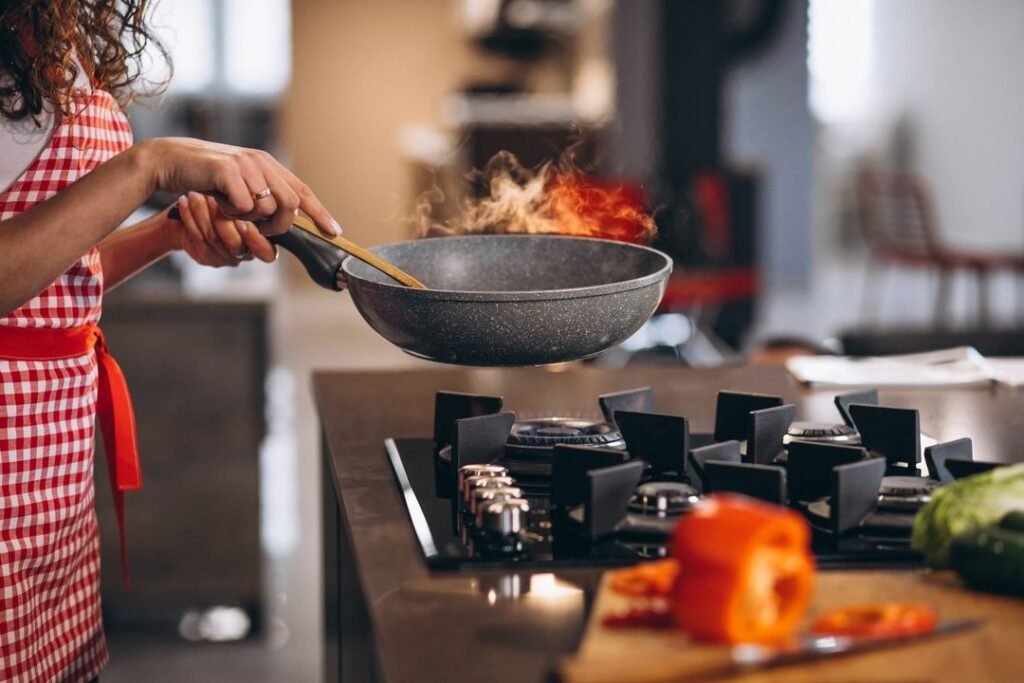
A hot kitchen is where hot cooking processes take place. This kitchen area is equipped with various appliances, including oven, stoves, fryers, and grills, to cook meats, vegetables, and other dishes that require heat. The atmosphere of this kitchen is warm and requires proper ventilation to manage heat and smoke.
Chefs working here need to manage temperature, timing, and presentation all at once — an essential part of enhancing culinary skills.
What is a Cold Kitchen?
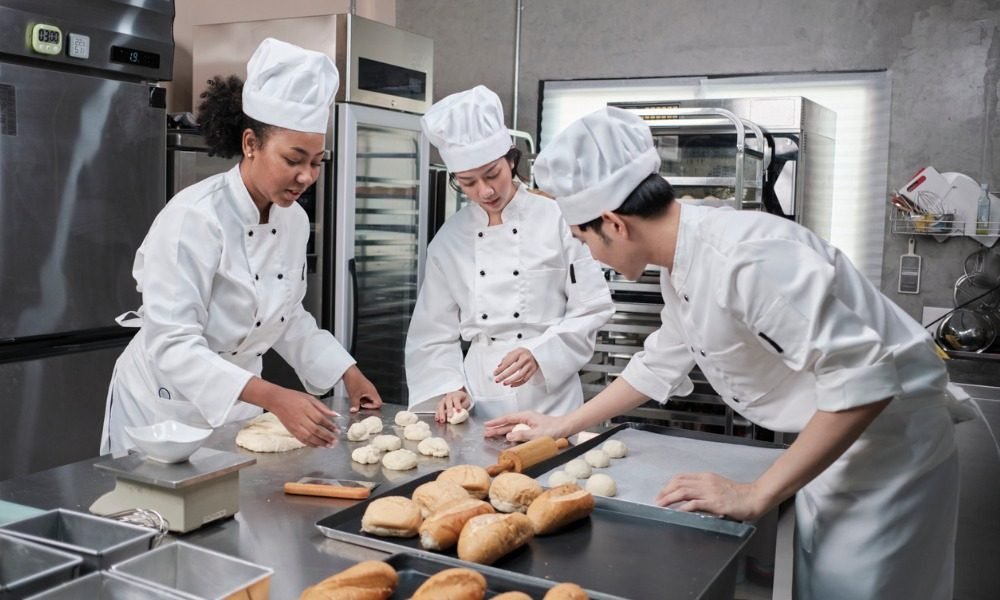
Mastering cold kitchen techniques is an essential part of building culinary skills in a professional kitchen. A Cold kitchen is a place where cold dishes are prepared without the use of heat. This kitchen is also known as Garde Manger in French culinary terms and includes cold appetizers, salads, sandwiches, desserts, and garnishes. This environment is equipped with refrigerators, blenders, knives, cold trays, and chillers.
The temperature in the cold kitchen is cooler in order to preserve the freshness of food ingredients, which helps maintain food safety standards.
Hot Kitchen Vs Cold Kitchen: A Culinary Skills Perspective
Go through the below table to learn key differences between them:
| Feature | Hot Kitchen | Cold Kitchen |
| Cooking Technique | Heat based (roasting, frying, etc.) |
No use of heat (salads, appetizers, etc.) |
| Focus Area | Cooking, timing, seasoning | Hygiene, freshness, presentation |
| Skillset Gained | Speed, multitasking, temperature control | Precision, creativity, plating |
| Common Dishes | Main courses, soups, sauces | Salads, sandwiches, desserts |
| Culinary course role | Core kitchen training | Artistic and fine presentation skills |
Many culinary arts professionals start in one area and eventually master in both kitchens, building a strong foundation of diverse culinary skills as they grow in their careers.
Relevance in the Modern Culinary World
In today’s growing food industry, chefs are expected to have in-depth knowledge of both cold and hot kitchen techniques. Culinary skills are always in high demand from quick-service restaurants to premium hotel buffets.
Cold kitchen roles are essential in catering, buffets, gourmet sandwich bars, and fine-dining restaurants. On the other hand, hot kitchen chefs power the main kitchen, handling high-volume orders and complex dishes.
Understanding both areas also allows for better culinary creativity.
Why Should You Learn Both in Your Culinary Skills Course?
A well-structured culinary skills course will train you in both kitchens because:
- It adds value to your culinary resume and boosts your job opportunities across the hospitality sector.
- It guides you to handle all types of events such as weddings, festival catering. corporate gathering or fine dining service.
- It prepares you to become a professional chef or entrepreneur with confidence.
- It helps you master food safety standards, including cold-chain management and heat-safe handling protocols—skills that employers value highly.
- It improves your adaptability, helping you work in hotels, restaurants, bakeries, cruise ships, or your own food business.
Career Opportunities for Cold & Hot Kitchen Experts
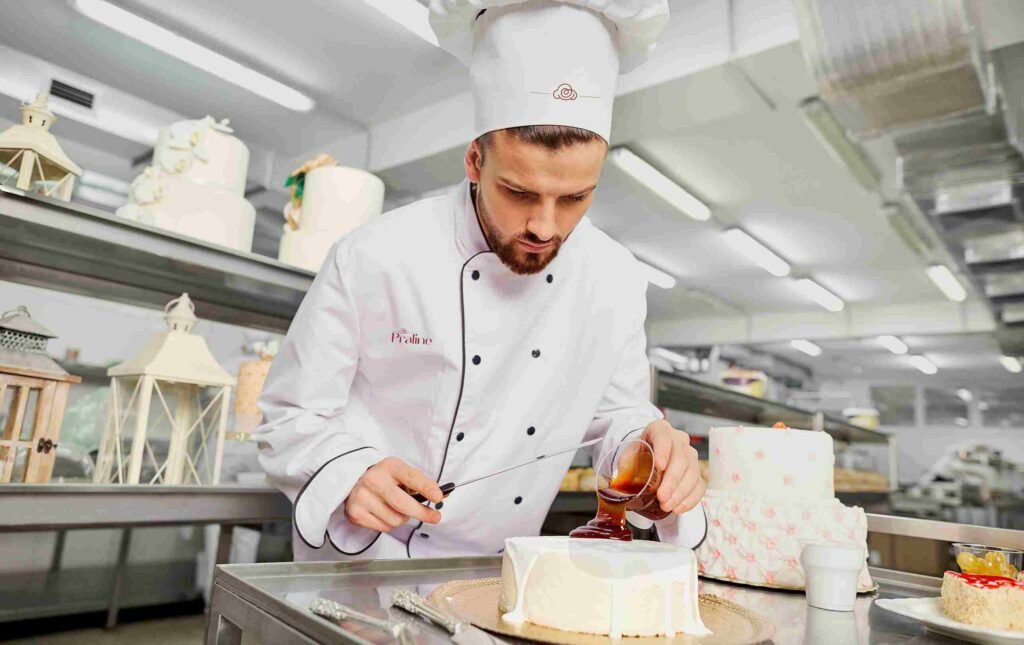
With the right training in both types of kitchens, and by developing strong culinary skills, you can pursue careers like:
- Line Chef / Sous Chef / Executive Chef
- Pastry Chef or Garde Manger Specialist
- Catering Manager or Banquet Head
- Restaurant Entrepreneur
- Food Stylist or Kitchen Consultant
Employers highly value multi-skilled culinary graduates, especially in India’s booming hospitality sector.
Build Your Knowledge in Culinary Skills Courses with NFCI!
If you’re dreaming of pursuing culinary skills course, your first step starts with professional training at NFCI (National finishing and cookery institute).
Why Choose NFCI?
- 35+ years of expertise in culinary arts and hospitality.
- NSDC & AHLEI-affiliated certification.
- Practical learning from expert chefs.
- 100% Placement Support.
- Campuses across India & real-time kitchen simulation labs.
Final Thoughts: Balance is the Secret Ingredient
Culinary skills are not just about cooking, it’s about creating special moments on the plate.
Every chef needs knowledge of both hot and cold kitchen to grow in the hospitality sector.
Apply Today and become a chef who’s not just skilled but confident, versatile, and industry-ready.


